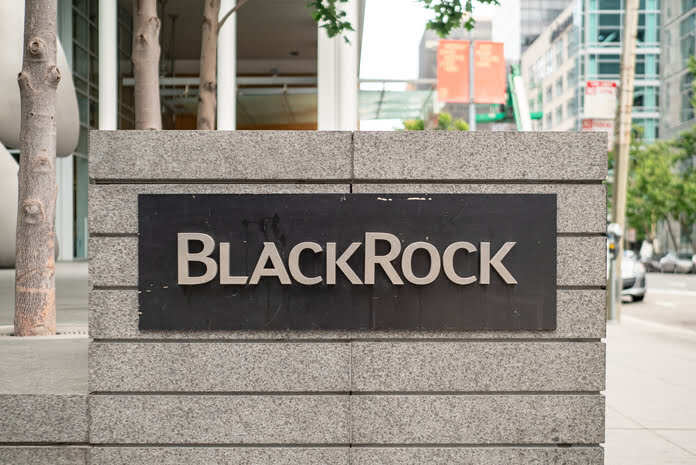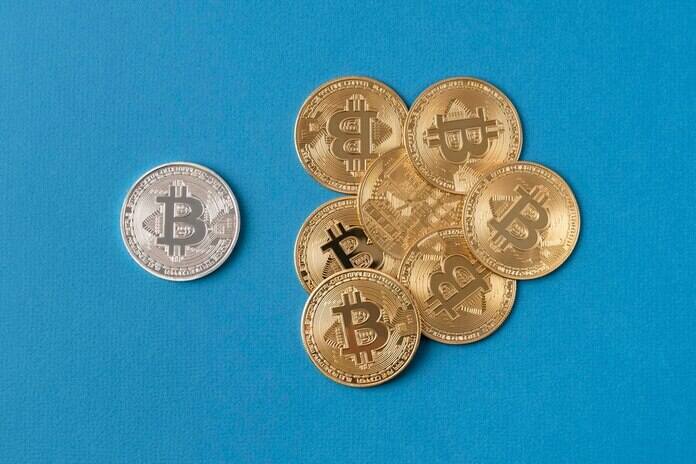Trust Wallet Returns to Google Play Store
This post was originally published on this site

Trust Wallet has made a swift return to the Google Play Store after experiencing a temporary removal on Monday morning, causing concern among Android users relying on the crypto wallet service.
The company addressed the issue via its official channels, acknowledging Google’s decision to temporarily remove the app from the Play Store. Despite submitting an appeal weeks prior, Trust Wallet was taken down while awaiting a response from Google.
During the removal period, Trust Wallet advised Android users to download an Android Package Kit (APK) from its website to access the wallet service. However, the company reassured existing Android users that their funds remained secure and unaffected by the app’s removal.
Furthermore, Trust Wallet highlighted that users who had uninstalled the app would need to wait for Google to relist it before being able to download it again. While the iOS version and Google Chrome Browser Extension of Trust Wallet remained unaffected, the company expressed concerns about potential scams involving fraudulent applications impersonating the legitimate wallet service.
Fortunately, Trust Wallet’s hiatus from the Google Play Store was short-lived, with the company announcing its swift return by 7:30 a.m. EST. The Android version of the app was restored on the Play Store, much to the relief of users and the Trust Wallet team alike.
In the wake of Trust Wallet’s brief removal, the native coin of the wallet service, Trust Wallet Token (TWT), experienced a 5.2% decline in value as of Monday morning.
The incident with Trust Wallet’s removal raised concerns among users, especially in light of increased regulatory scrutiny in the U.S. surrounding self-custody crypto wallets. Notably, Wasabi Wallets recently announced a ban on U.S.-based users due to regulatory uncertainties, following money laundering charges against the founders of another self-custody wallet service, Samourai Wallet.
As regulatory pressures mount, the status of self-custody crypto wallets like Trust Wallet remains uncertain, with potential implications for their classification and regulatory oversight in the future.
Featured Image: Freepik
















